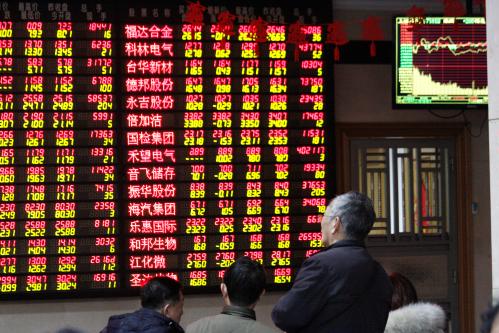The OPEC+ group came to a difficult agreement this weekend to cut 9.7 million barrels per day (bpd) in oil production. A long standoff with Mexico delayed the agreement and the group ultimately agreed to cut Mexico’s contribution to reach agreement. This level of production cuts is unprecedented, but so is the situation that brought it about.
The COVID-19 pandemic prompted a nose-dive in global oil demand. Data about demand is difficult to obtain in real time, but IHS Markit (full disclosure, a former employer of mine) says that demand is down about 25 million bpd, or 25%. To contain the virus, many countries are in a state of near lockdown. Stay-at-home orders and the resulting economic slowdown are gutting demand for transportation, which makes up 60% of oil demand.
The agreement ends the Saudis’ reckless promise to maximize production in a time of plummeting demand, and provides some reassurance to global oil markets reeling from the effects of the COVID-19 pandemic. However, the agreement merely codifies what would have happened anyway in response to reduced demand. Saudi behavior during the last several weeks has ensured that they take extra blame for the oil market chaos. President Trump has gone from trumpeting U.S. “energy dominance” to begging the Russians and Saudis to reduce production to prop up the price. There are really no winners in the agreement.
The OPEC+ group last met in early March and the meeting was an unmitigated disaster. Russia would not agree to a modest production cut in response to COVID-19 and would not even agree to extend the existing cuts that expired at the end of March. As a result, the Saudis retaliated by starting an oil price war, promising to increase their own production by 2.6 million bpd, or 27%.
The promise to maximize production made the Saudis the prime villain in the unfolding oil price drama, at least in the United States. President Trump tried to put a positive spin on the resulting oil price crash, writing in a tweet on March 9, “Good for the consumer, gasoline prices coming down!” However, low fuel prices don’t benefit consumers when no one can leave their homes and the harm to the U.S. oil industry, now the world’s largest, immediately became clear. U.S. politicians blamed the Saudis for the growing pain in the U.S. oil patch. Republican senators held a conference call with the Saudi ambassador to the United States to express their frustration, and Senator Ted Cruz of Texas accused the Saudis of “engaging in economic warfare against the United States.” Saudi Arabia’s production increase brought the Russians back to the negotiating table, but at the cost of further harming the Saudi relationship with the United States.
And for what? There’s no question that the Saudi-launched price war made oil prices fall faster than they otherwise would have. However, with such a huge drop in oil demand, prices and production were bound to fall regardless. Oil storage facilities around the world have been filling rapidly, and rates for tanker ships have been rising — not to transport oil, but to store it. The OPEC+ deal this weekend merely delays by a few weeks the time at which storage will fill. Production cuts will have to happen to balance the market, among OPEC and non-OPEC producers alike. Perhaps this is what President Trump meant in his April 13 tweet, where he said that “OPEC+ is looking to cut is 20 Million Barrels a day, not the 10 Million that is generally being reported.” The announced OPEC+ production cut is nowhere near enough to make up for the 25 million bpd of demand loss, and prices may need to fall further to encourage operators to shut-in production and balance the market. Oil markets seem to generally agree with this sentiment; the price for Brent crude oil is nearly $2 lower as I write on April 13 than it was one week ago.
Trump administration rhetoric about “energy dominance” has been another victim of the plunge in oil demand. OPEC was a frequent target in President Trump’s Twitter feed, where he would rail against production cuts that were increasing oil prices. In Congress, the No Oil Producing and Exporting Cartels Act, or NOPEC, passed the House Judiciary Committee without objection just over a year ago. NOPEC would remove sovereign immunity and allow the U.S. attorney general to bring an anti-trust suit against OPEC. How times have changed. Over the last several weeks, President Trump has been imploring the Saudis and Russians to reduce production to stabilize the market and help the U.S. oil industry. He even promised 300,000 bpd of production cuts in the United States to make up for cuts that Mexico was unwilling to make. (It’s not clear how he intends to deliver on that promise, as he does not have the authority to demand cuts from U.S. producers. Perhaps he is counting the likely drop in production from falling prices.) In a few short months, the United States has gone from bitterly complaining about OPEC to acting as a de-facto member.
It’s clear that there are no winners in the current oil market situation. Oil producers around the world will suffer from the huge demand loss, with the OPEC+ actions as cold comfort. The current deal may help the market adjust more smoothly, but it doesn’t change the stark fundamentals.
The Brookings Institution is committed to quality, independence, and impact.
We are supported by a diverse array of funders. In line with our values and policies, each Brookings publication represents the sole views of its author(s).








Commentary
No winners, only strange bedfellows, from the new OPEC+ deal
April 14, 2020